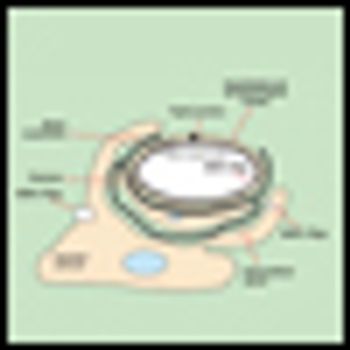
Bcl-2 functions as a key survival factor for lymphocytes and is highlyexpressed in a majority of non-Hodgkin's lymphomas. The ability ofoblimersen sodium (Genasense, previously known as G3139) to targetbcl-2 messenger RNA and decrease Bcl-2 protein levels has the potentialto enhance the activity of cytotoxic chemotherapy. Pretreatmentwith oblimersen followed by cyclophosphamide (Cytoxan, Neosar)markedly improved survival relative to single-agent cyclophosphamidein a murine xenograft model. Oblimersen has also enhanced the cytotoxicityof a variety of other agents against non-Hodgkin's lymphoma,including etoposide, rituximab (Rituxan), and alemtuzumab (Campath).An initial phase I study of oblimersen in non-Hodgkin's lymphomademonstrated modest single-agent activity. Recent reports suggest thatoblimersen may add to the activity of R-CHOP (rituximab-cyclophosphamide/doxorubicin/vincristine/prednisone) in previously untreatedmantle cell lymphoma and to rituximab alone in a variety of subtypesof relapsed non-Hodgkin's lymphoma. Additional studies in both treatment-naive and relapsed patients will define the role of oblimersen inthe treatment of non-Hodgkin's lymphoma.

